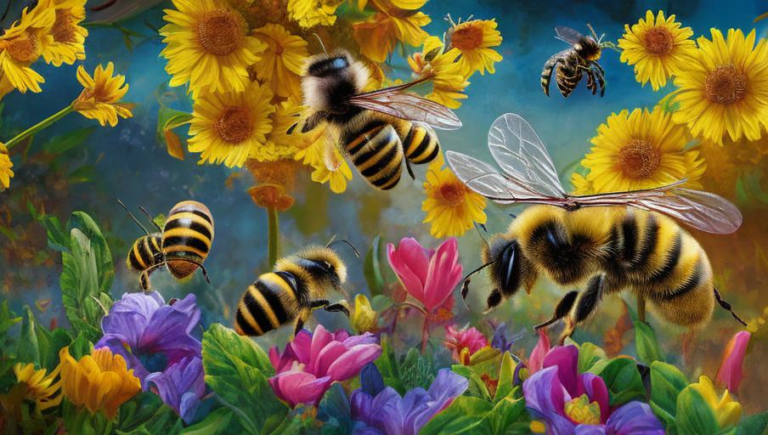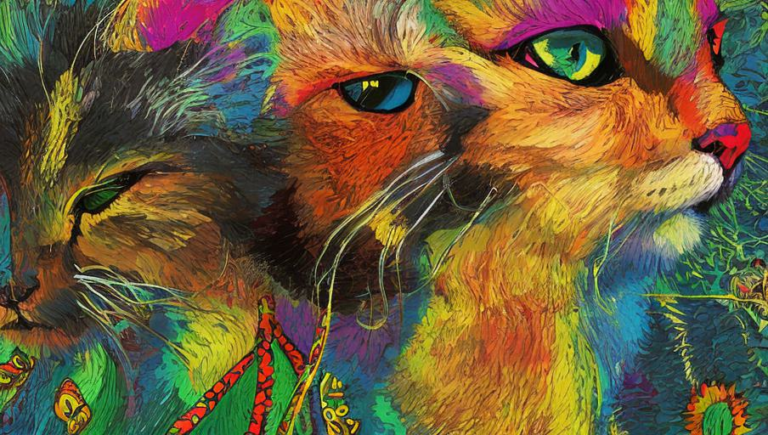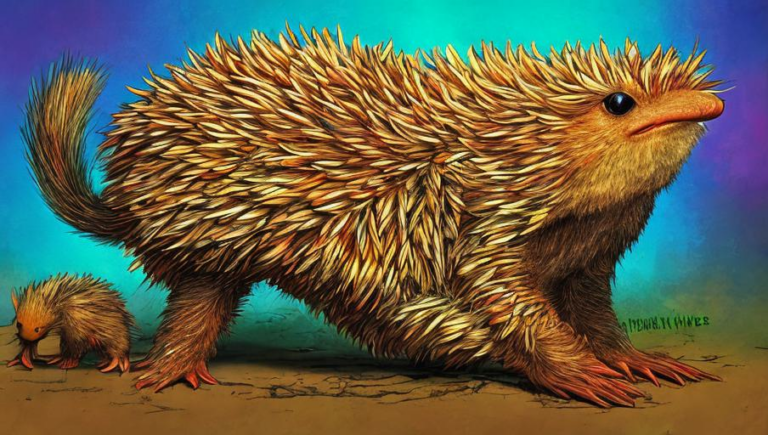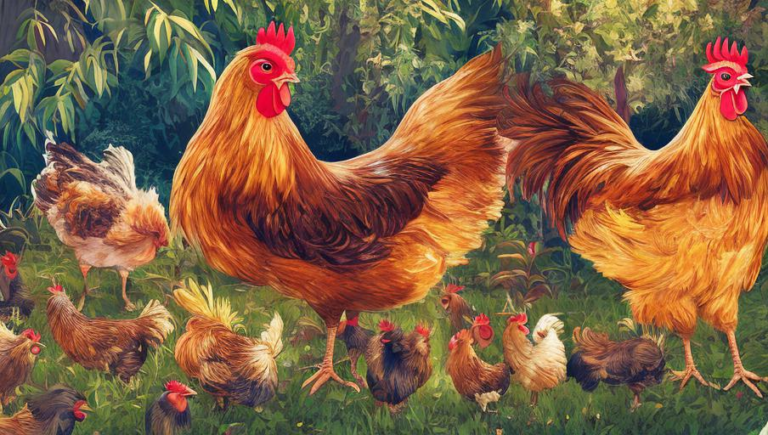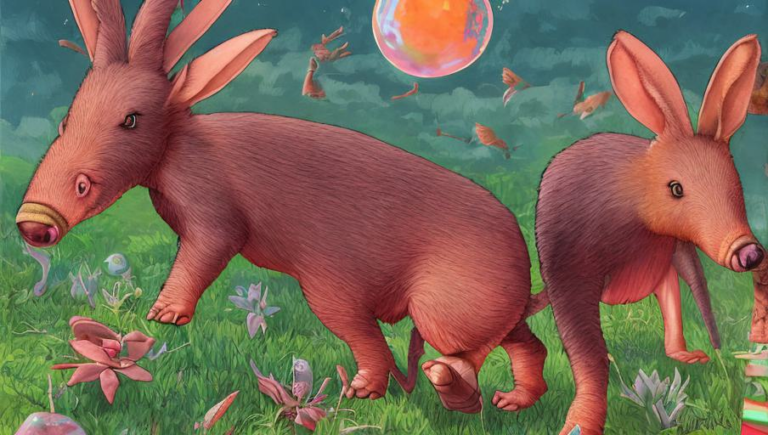A History of Donkeys in Agriculture
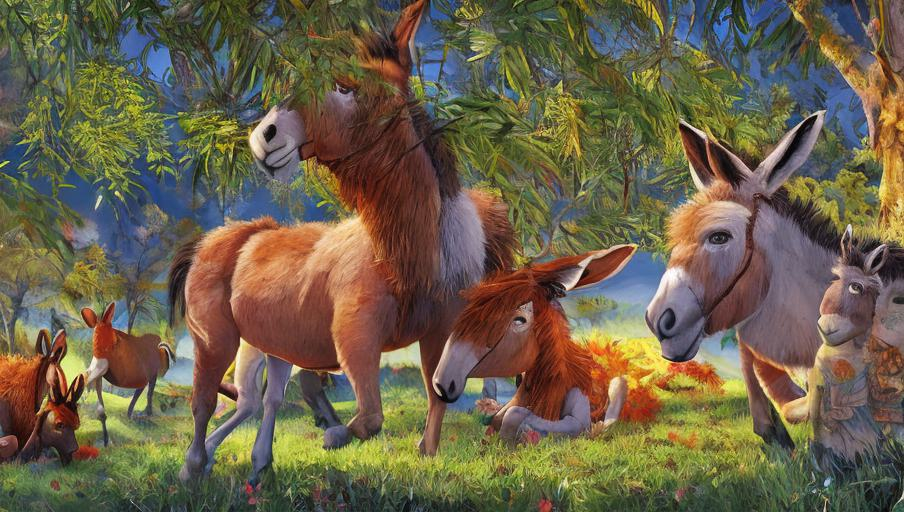
Introduction
Donkeys have been used as working animals for centuries. In many countries, donkeys were used as draft animals for labor in agriculture, transportation of goods, and transportation of people. Donkeys are still used in many parts of the world for agricultural purposes, and the history of their use in agriculture is an important one.
Ancient Uses in Agriculture
Donkeys have been used in agriculture since ancient times. The earliest evidence of donkeys being used for agricultural purposes dates back to ancient Egypt. Donkeys were used to carry loads across the Nile River, as well as to transport goods and materials. Donkeys were also used in ancient China and India, where they were used to carry loads and to help with plowing and hauling.
Middle Ages to the Industrial Revolution
In the Middle Ages, donkeys were used in agriculture in Europe, where they were used to plow fields and to transport goods. Donkeys were also used in the Middle East, where they were used to transport goods and to help with plowing. By the time of the Industrial Revolution, donkeys were used in a variety of agricultural tasks, including hauling, plowing, and threshing.
Modern Uses
Today, donkeys are still used in many parts of the world for agricultural purposes. In some parts of the world, including Africa and Latin America, donkeys are still used for plowing and hauling. Donkeys are also used for milking, as well as for transporting goods and materials. In many countries, donkeys are still used as draft animals for labor in agriculture, transportation of goods, and transportation of people.
Conclusion
Donkeys have been used in agriculture for centuries, and they continue to be used today in many parts of the world. Donkeys have proven to be a reliable and hardworking animal, and they are still used in many parts of the world for agricultural purposes. The history of their use in agriculture is an important one, and it is a testament to the hard work and dedication of donkeys throughout the centuries.
